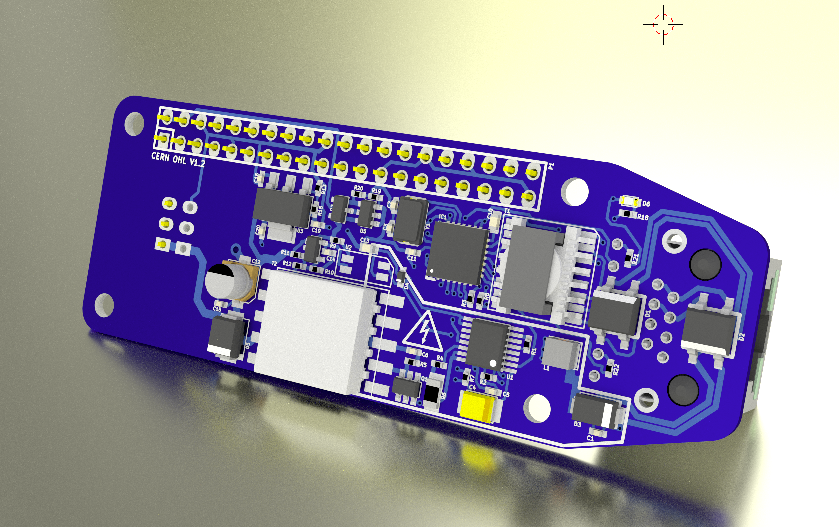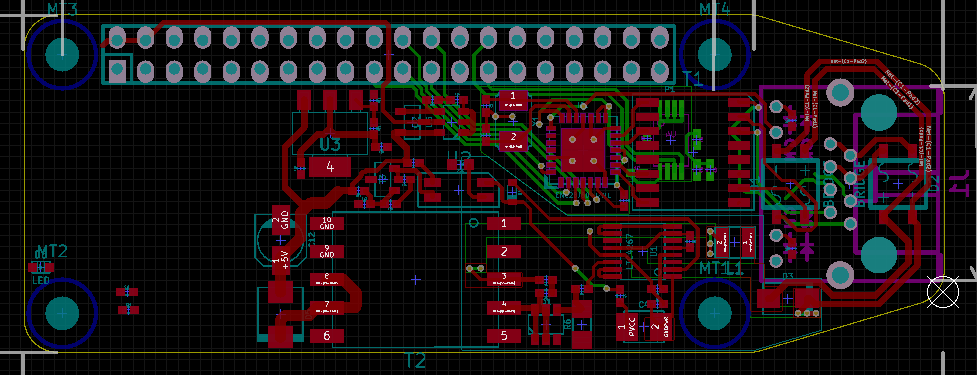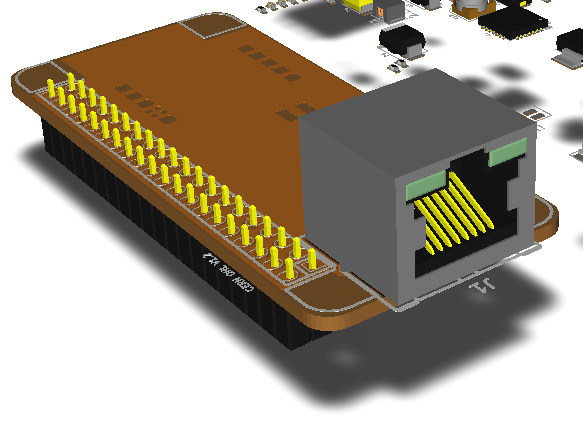-
It works! But then I broke it :(
07/09/2016 at 21:41 • 2 commentsAfter a good amount of time spent soldering and testing I plugged the PoePi into an Ethernet PoE switch and it worked! I was getting 4.8v out of the header which is barley enough to run the Pi (based on the USB standard). The low voltage can be accounted for by changing one of the bias resistors dividing the signal going into the opto coupler.
So I decided to change the resistor and fix some other components that looked a little ugly. During this process I accidentally left a trail of solder between the end of a cap and a resistor. This cause the transistor driving the isolation transformer to sink a whole bunch of current. So its dead.
Luckily I have to make another DigiKey order tomorrow so hopefully its back up and running.
If you are going to build of this design you can probably start using the PoE part of the design. But I still havnt actually tested the Ethernet communications so I would be weary of that.
-
Boards are made, now to populate
06/28/2016 at 19:02 • 1 commentThis project has been sitting for over 3 months now and I feel bad. I got completely floored at work and then took some time off to travel and decompress. But I am back at it now and thanks to some help from a fellow hackaday'er' this is the first project on my list. Like I mentioned in the beginning of this project there is a lot of excitement around wireless, batteries and general IoT mumbo jumbo. And that all well and good but sometime you just need more current, and you need it all the time. Some solutions just arnt going to be battery powered. Thats why I made this board!
![]()
Please ignore the fancy ESD rated table cloth. The boards turned out great, they are from that company that gives you big discounts if you blog about how great they are 'cough PCBway'. For the money the board quality is good. The silkscreen is hit and miss, sometimes its to blotchy to read the refDefs and the pad adhesion is pretty bad. I have had a pad become detached during baking which is pretty weird.
I also got my first meter of WS2812s!
The components for this board should show up this week and hopefully I can populate it some time in the evening.
-
How to Remap Audio with .dts
02/23/2016 at 09:40 • 0 commentsDevice tree worked used to always scare me but once you have done enough of it on the BBB its pretty straight forward. The documentation for the device tree remapping is finished. The doc is on the git wiki. I’m still a little upset that the git wiki formatting hasn’t been made to match actual wiki syntax.
Take a look and let me know if anything is off. Maybe ill make a script to automate this... but then again no one would learn anything.
-
Docs are up!
02/19/2016 at 13:26 • 0 commentsI have been working on some docs for this project on the Wiki. Im excited to get this project going and waiting for the boards is killing me, wish I could afford fast shipping.
I have been working on some docs using the Github wiki feature. Its very nice except that you cant seem to do nested lists. Most of the docs are done but I am still working on the Audio board. The device tree remapping of the audio is a bit more complex for users than just installing a python package.
-
PoEPi Servo Control Board
02/19/2016 at 13:20 • 0 commentsWho doesn't love moving motors from far away? Well that was the point of this design. The power that is available in PoE is easily enough to control some small motors as long as you are careful what you are doing. I decided to put only 4 servos on the board but this can be changed easily if someone is making a different version of the board. The Servos are controlled from the GPIO, you can use whatever library you want to control them, I have some docs here.
![]()
This is the schematic section that describes the servos. There is current limiting in case the motors are to big or they experience a stall condition. This part is untested and it would be great to have some feedback. I simulated it but I have a bad history with Spice. The low side MOSFET will disable the ground of the servos.
![]()
The board itself has the servo headers sticking out so they don't interfere with the Pi. I hate to continually violate the Pis form factor but those 3 pin right angle headers are hard to get a hold of.
-
Audio PoEPi Finished
02/16/2016 at 11:54 • 1 commentEarly in the project I mentioned that I would be making a couple variations of PoEPi so that other people can get an idea of how to make there own. While I sit and wait for my boards to come in 7 - 32 days (its always 32 days for some reason) I have created another version of the PoePi.
This version is a speaker amplifier. It uses the PiZeros Audio capabilities routed through a GPIO to make a speaker amplifier. This way you can make your own PA system or an excessive audio system where each speaker can also be an audio server.
Check out the details on the project page. I have also started a project log for this project on my blog OpenFET.
I am buy no means a good Audio engineer so it would be great if someone could give me some feedback on my design. I will wait until the other boards come back before ordering these ones.
One of the things I am known for is very very bad art and bad spelling. I wanted a cool logo for this project and had to use every ounce of creativity I had to come up with one. In the bottom right hand corner of the board you will notice the fun PoEPi logo. It was supposed to be a smiling RJ45 connector but it just looks evil.
![]()
-
BOM finished
02/11/2016 at 14:18 • 0 comments![]() The component selection and BOM are finished! Its always the hardest part and can require a lot of attention to detail. While creating the BOM i realized that I had sized one of the Caps wrong on the PoE circuit. With this cap to small the power would have been spotty at high loads.
The component selection and BOM are finished! Its always the hardest part and can require a lot of attention to detail. While creating the BOM i realized that I had sized one of the Caps wrong on the PoE circuit. With this cap to small the power would have been spotty at high loads. The BOM is formated for mouser. If you are using Digikey or some other supplier you can use Mousers BOM tool to export the manufacturer part numbers then load them to your distributor. The cost to make one board is .... $55! Seems expensive, well its mostly in the transformers. The cost drops to about $32 at 100. Several of these parts can be switch for low cost versions. I used high quality caps to avoid blowing things up early in the building.
Im still looking for feedback if you can give it. I want the PoE circuit to be solid before I start adapting other designs. I will be ordering the board next week hopefully.
-
First board design *almost* done
02/09/2016 at 12:04 • 0 comments![]()
The first board design is almost done. After having a discussion with someone about PoE I want to go back and double check the PoE design on the board. But if anything changes it will be minor.
The Layout and routing is finished and the good news is that there is lots of room left for custom applications. We will be building a couple custom applications for this board as examples of what can be done with PoE.
I am looking for suggestions!
-
Routing Continues, and whats with HAT anyway?
02/07/2016 at 06:19 • 0 commentsThe routing and placement of this board is going pretty well. There is still some discussion about where the Ethernet connector will go and how it will be configured. Most likely it looks I will use a generic foot print so multiple connectors can be used as well as having a small connector for external mounting (maybe).
![]()
I have managed to pack everything in pretty tight and have kept most of the routing on the top layer. I have been carfull with the power planes as well, there are a lot of magnetics in a tight space :S. There should be lots of space on the bottom layer for people to add there own designs as well. So far I would like to do the following and I am looking for more ideas if you want to throw in (or contribute to the project :D). These are all different boards:
- A ws2812 driver and connector (we can run almost 100 ws2812s from the basic PoE). This is the one I am working on right now.
- an 8w mono speaker driver (maybe for an intercom system)
- high power LED driver for a single LED, or maybe tri color LED
- servo driver for who knows what reasons (probably pan and tilt). Going to have to add current limiting for servo stall condition.
A quick note about Hats. The more I design with the idea of the HAT specification in mind the more I realize it is pretty pointless, it fate may be the same as the OSHW logo. People are selling things that are not HATs at all and calling them HATs, there is no enforcing of these parts going on. And because the hardware of most "HATs" is not open its hard to actually check if they meet the standard. The Raspberry Pi foundation may be able to afford buying these boards and checking them for there "HATness". Then there can be an offical list and blacklist of boards. I like the standard and I think its handy in some applications but probably not this one. Long story short Im losing the eeprom unless anyone has any objections?
-
Where oh where should the RJ45 go?
02/05/2016 at 06:05 • 9 comments![]()
Sometimes you get deep into a schematic design and forget to ask the question where is it all going to fit? I assumed that an RJ45 would fit nicely at the end of the PiZero. Well it doesn't, it violates the footprint of the Pi connector and the mounting holes. It could be placed in the center of the board but that will seriously disrupt the flow of the routing (which will be tight).
![]()
An alternative is to overhang the connector. This violates the Hat specs but I dont yet see the benefit to constraining the board to those specs. Any ideas on where the RJ45 conn can go?
PoEPi: Pi Zero Power over Ethernet with PHY
It can power the Raspberry Pi Zero over Ethernet. The board also adds an Ethernet Phy to the Raspberry Pi Zero to give you full Ethernet
 julien
julien
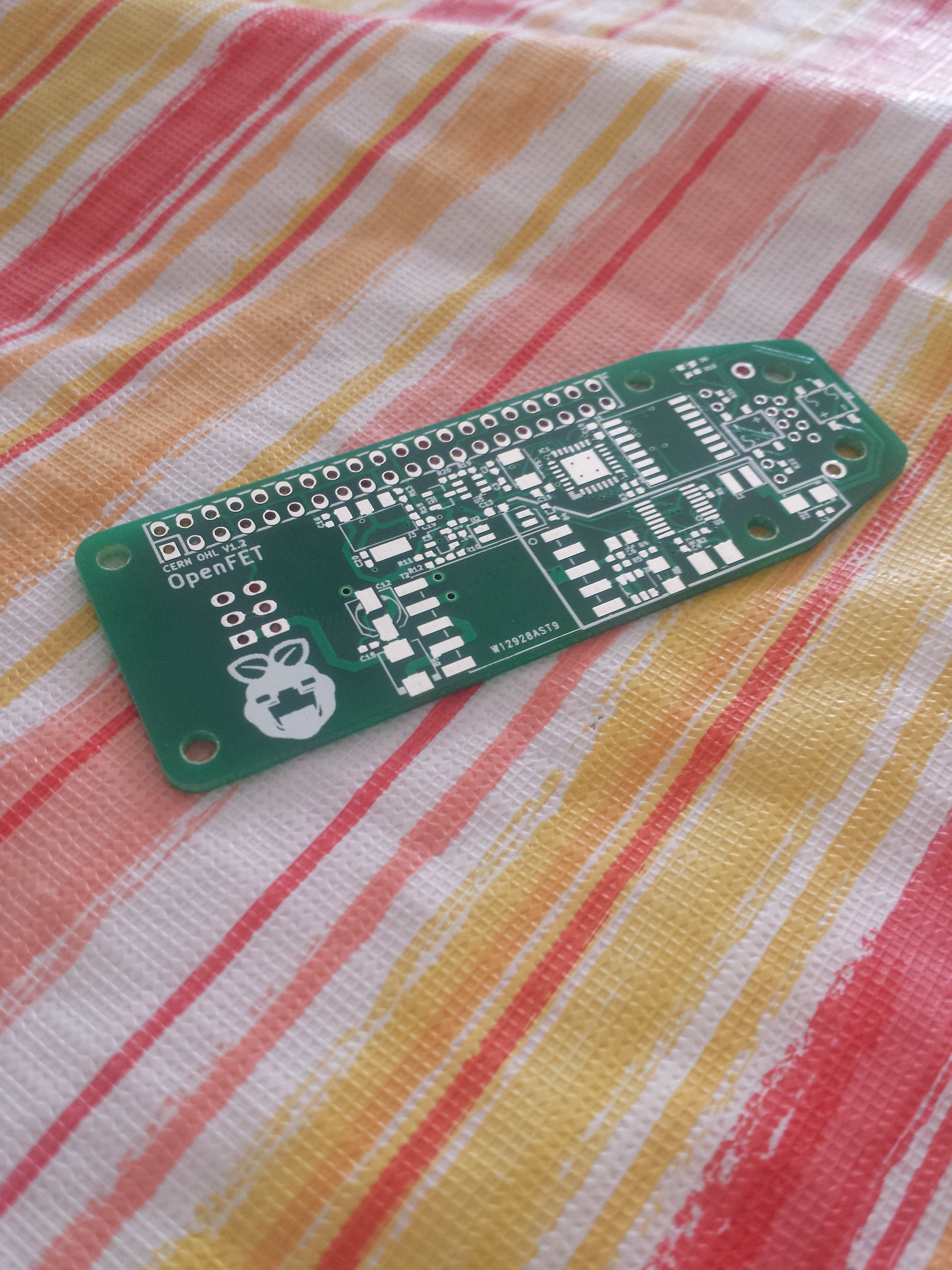
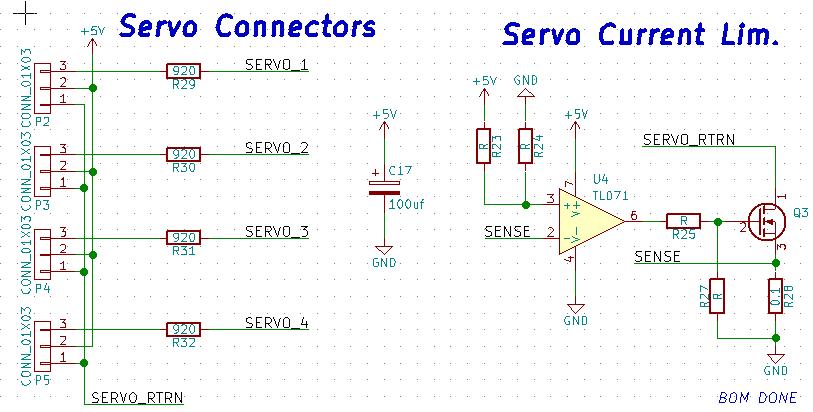
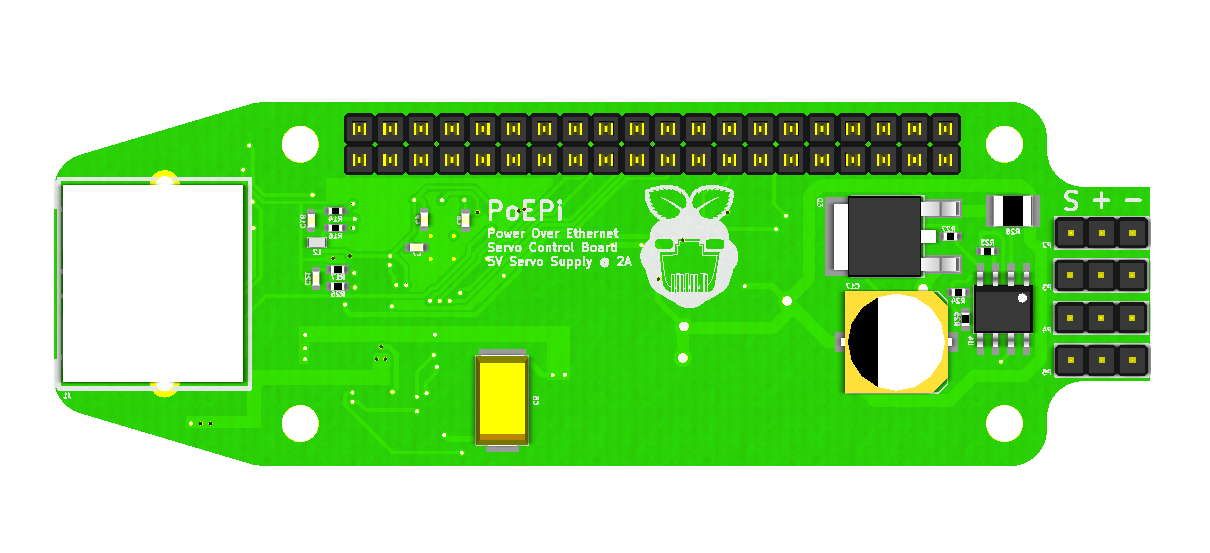

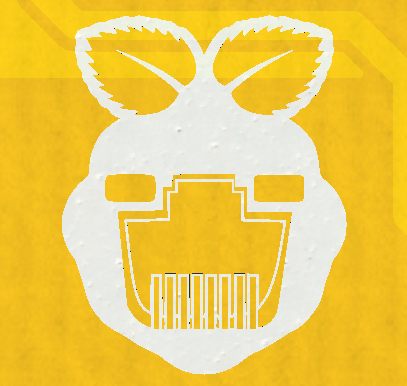
 The component selection and BOM are finished! Its always the hardest part and can require a lot of attention to detail. While creating the BOM i realized that I had sized one of the Caps wrong on the PoE circuit. With this cap to small the power would have been spotty at high loads.
The component selection and BOM are finished! Its always the hardest part and can require a lot of attention to detail. While creating the BOM i realized that I had sized one of the Caps wrong on the PoE circuit. With this cap to small the power would have been spotty at high loads. 